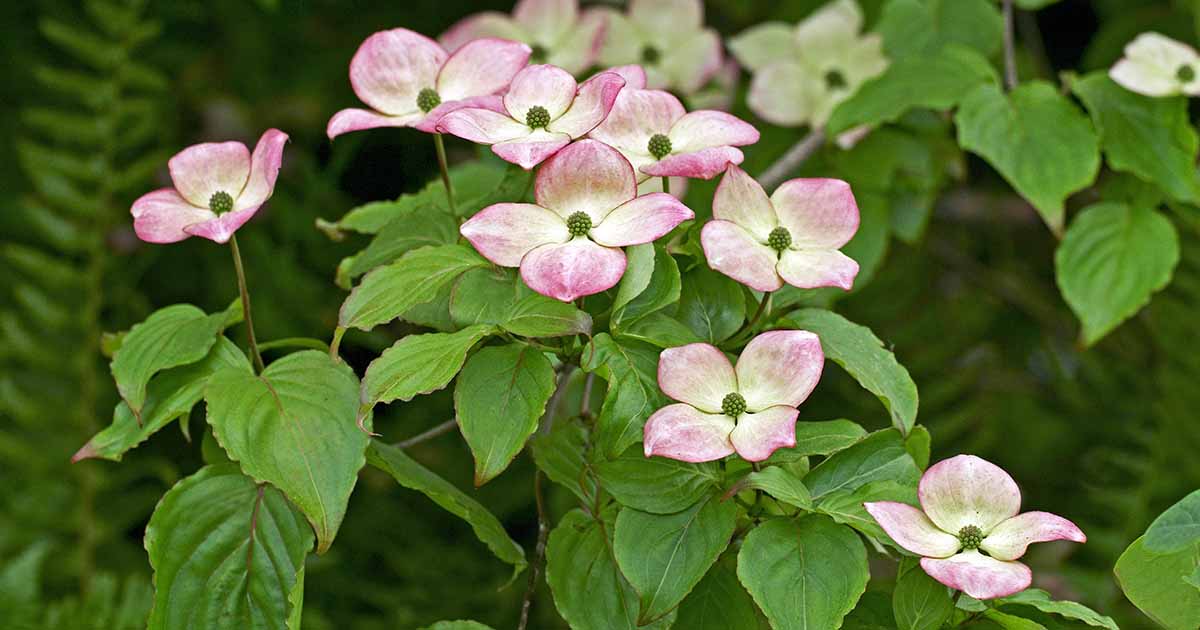6. Leaf Spot
In addition to anthracnose, there are several diseases known as “leaf spot” that can cause spots or areas of discoloration to develop on the leaves, and all of these can cause the foliage to drop.
Fungi in both the Cercospora and Septoria genera cause spotting.
In the case of Cercospora leaf spot, the areas are tan or light brown with reddish-purple borders. There might be a chlorotic, pale yellow border around them, as well.
Spots caused by Septoria are gray with a brown border.
When the foliage is heavily symptomatic, the leaves will drop from the plant. You’ll need to address the cause to stop the falling foliage.
Both thrive in humid, rainy conditions when it’s warm.
Spray the tree with fungicide as soon as you notice symptoms. Copper, sulfur, or thymol are all tried-and-tested options.
I always keep copper fungicide in my gardening toolkit since it’s useful for treating so many different plant diseases.


Bonide Copper Fungicide
You can find copper fungicide available at Arbico Organics. It lasts longer in dust form than liquid, and you simply mix it with water whenever you need it.
Follow the manufacturer’s directions for application and continue to spray throughout the season.
7. Midges
Clubgall midges (Resseliella clavula) cause ugly galls on your dogwood.
The adults are tiny flies with orange abdomens and black and yellow wings, but these aren’t dangerous. It’s the larvae that you need to watch out for.


After the females lay eggs in the springtime in the developing twig buds, the maggots that hatch feed on the plant material and their saliva causes a protective gall to form, protecting the larvae so they can feed and grow.
The galls can cause the twigs to die and the leaves on it to fall to the ground. The rest of the leaves on the tree will typically remain healthy.
They feed all summer and then emerge in the fall, chewing their way out of the galls. The larvae then drop to the ground and overwinter in plant debris before pupating in spring.
When the larvae are present and hiding out in the galls, you can’t do much about them unless you want to prune off each and every one. There can be dozens on a single tree, so this can be a challenge.
The other option is to spray in the spring to kill the adults and again in the fall to kill the young as they emerge.


Bonide Captain Jack Deadbug Brew
A product like Bonide’s Captain Jack Deadbug Brew which is available at Arbico Organics is effective.
Spray on a windless day in the spring and again in the fall when you see holes appearing in the galls. Make sure to spray the ground around the tree too!
8. Nitrogen or Iron Deficiency
Nutritional deficiencies can also cause leaf drop in dogwoods.
When it’s a lack of nitrogen that’s the problem, the older leaves will first turn pale green or pale yellow before they drop.
Iron deficiency shows up in newer leaves, generally turning them yellow, while the veins remain green. They will eventually drop from the tree as well.

